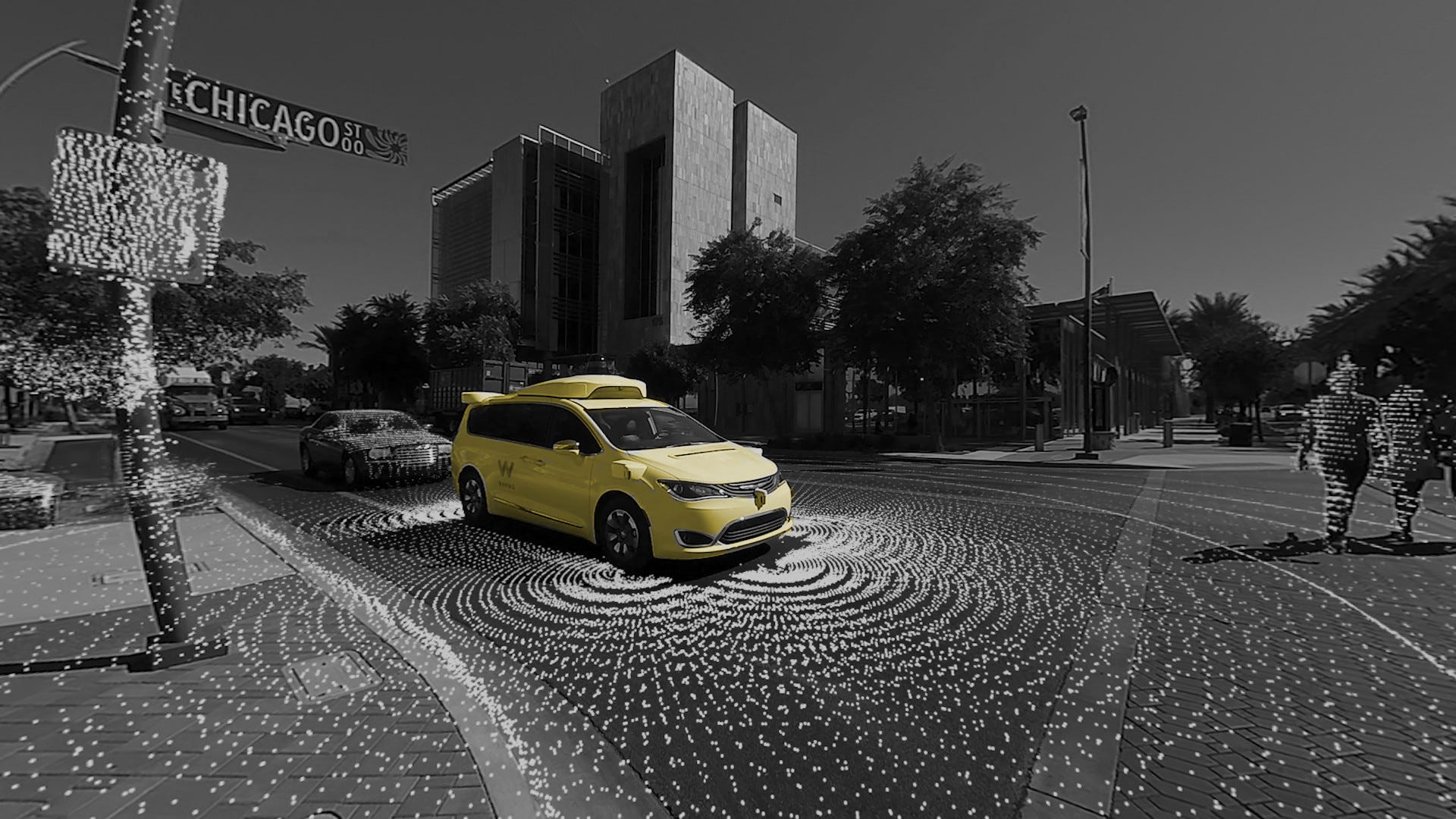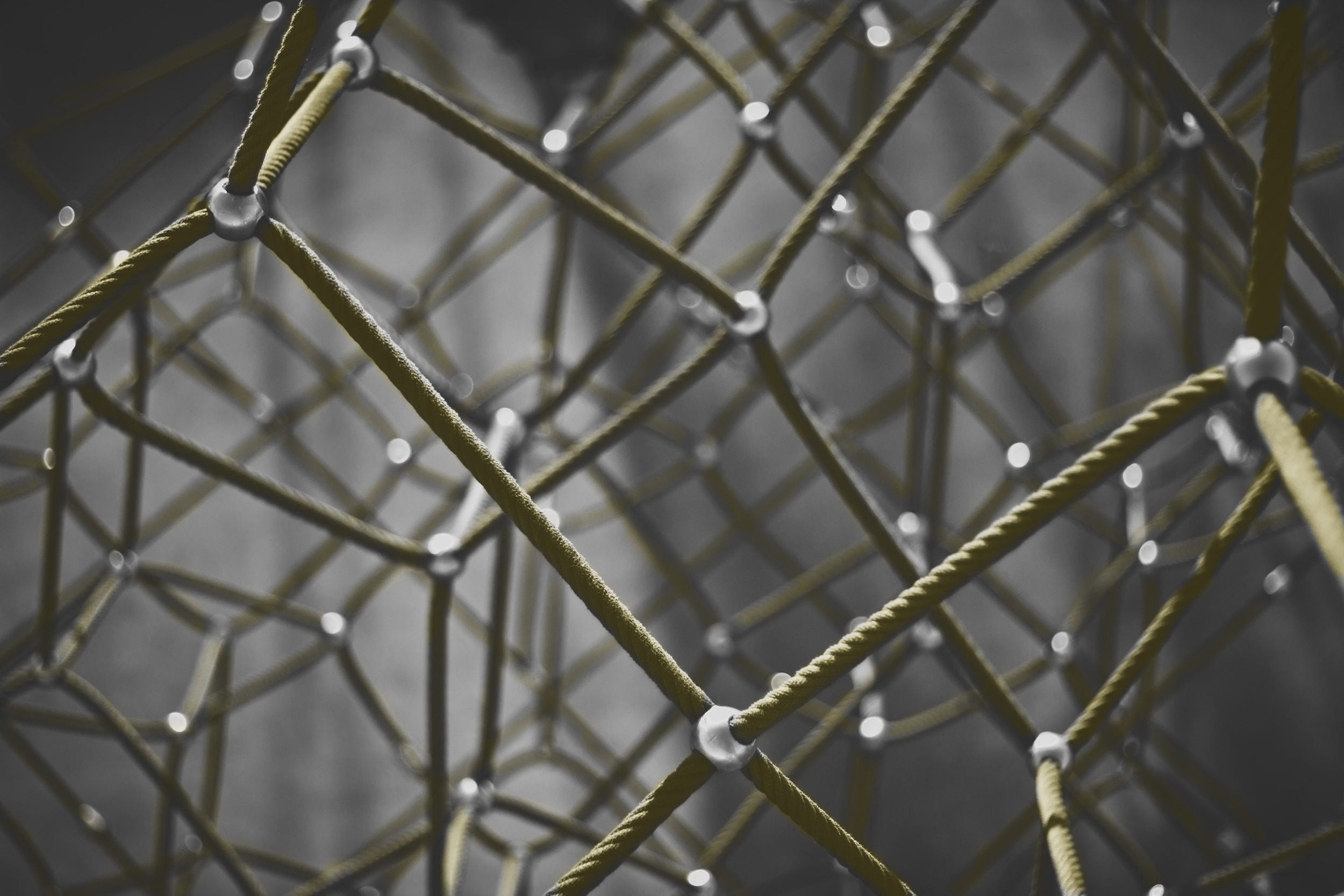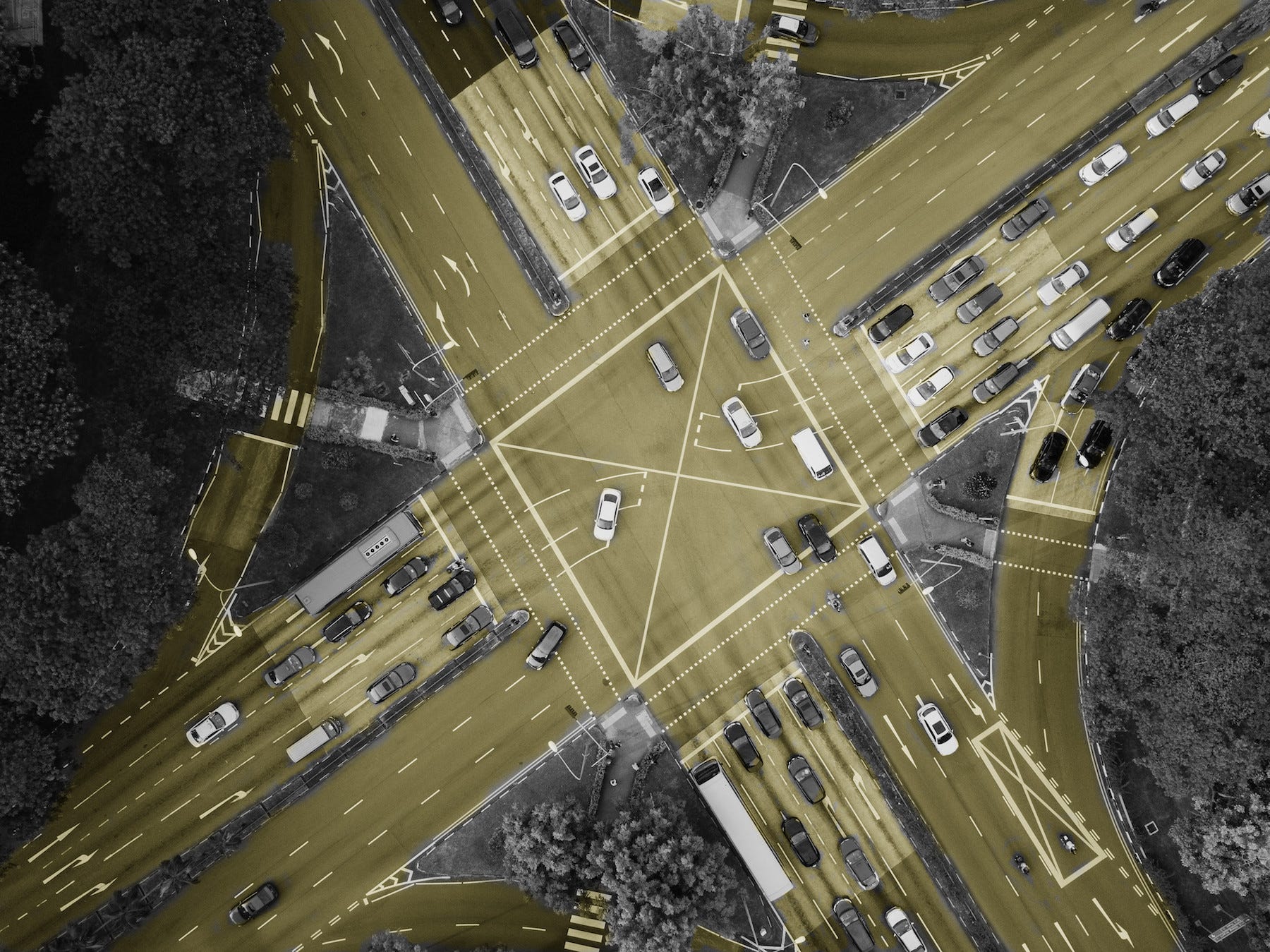Big data and machine learning, while two separate concepts, remain interwoven in many aspects. The ability to process vast piles of data for machine learning tasks is a requirement of the field.
Apache Spark is a great framework when it comes to large-scale data processing (and has been for a while), enabling you to work with a range of big data problems. Apart from supporting cluster computing and distributivity with various languages such Java, Scala, and Python, Spark offers support for a variety of ML capabilities via its native libraries. However, its selling point remains its potential for ETL processing with large scale datasets.
Continue reading H2O AutoML + Big Data Processing with Apache Spark








